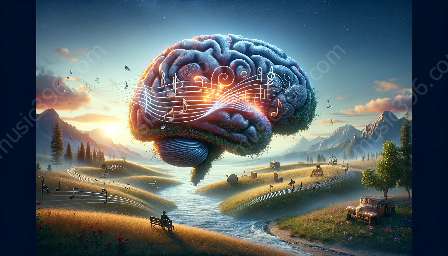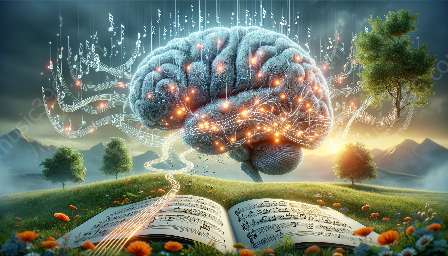The Relationship Between Music and Auditory Processing Disorders
Music and speech processing in auditory disorders is a fascinating area of study that sheds light on the intricate connections between the human brain, music, and language. Understanding the comparative analysis of music and speech processing is crucial for addressing auditory disorders and developing effective interventions.
Music and Auditory Processing Disorders: An Overview
Auditory processing disorders (APDs) encompass a range of challenges related to processing and interpreting auditory information. Individuals with APDs may struggle with language comprehension, speech perception, and other auditory tasks. Interestingly, music processing shares several similarities with speech processing, making it a valuable tool for exploring and understanding auditory disorders.
Recent research has highlighted the potential benefits of music-based interventions in treating and managing auditory disorders. By examining the similarities and differences between music and speech processing, researchers can gain valuable insights into the underlying mechanisms of auditory disorders and develop innovative therapeutic strategies.
Comparative Analysis of Music and Speech Processing
When comparing music and speech processing in individuals with auditory disorders, several key aspects come into focus. Both music and speech involve complex auditory processing, relying on the brain's ability to interpret and extract meaningful information from sound waves. However, there are distinct differences in how the brain processes music and speech, particularly in individuals with auditory disorders.
- Temporal Processing: One important aspect of the comparative analysis is temporal processing. Studies have revealed that individuals with APDs may exhibit difficulties in processing the temporal aspects of both music and speech, impacting their ability to perceive rhythm, timing, and temporal cues in auditory stimuli.
- Spectral Processing: Spectral processing, which involves the analysis of frequency components in sound, plays a crucial role in both music and speech perception. Individuals with auditory disorders may struggle with spectral processing, affecting their ability to distinguish different pitches, timbres, and speech sounds.
- Cognitive and Emotional Processing: Music and speech also engage cognitive and emotional processing in the brain. Individuals with auditory disorders may experience challenges in processing the emotional and affective components of both music and speech, impacting their overall perception and enjoyment of auditory stimuli.
Music, Auditory Processing Disorders, and the Brain
The relationship between music, auditory processing disorders, and the brain is a multifaceted and dynamic area of research. Neuroscientific studies have provided valuable insights into how music can impact the brain's auditory processing networks and potentially influence the development and rehabilitation of auditory disorders.
Functional neuroimaging techniques, such as fMRI and EEG, have been instrumental in elucidating the neural mechanisms underlying music and speech processing in individuals with auditory disorders. These studies have revealed the potential for neural plasticity and adaptive changes in the brain in response to music-based interventions, offering new hope for improving auditory processing in clinical populations.
Furthermore, the role of music therapy in addressing auditory processing disorders has garnered considerable attention. Music-based interventions, including rhythmic auditory stimulation and melodic intonation therapy, have shown promise in enhancing auditory perception and language processing in individuals with APDs. Understanding the neural correlates of music processing in the context of auditory disorders is fundamental for devising targeted interventions that harness the brain's inherent plasticity and adaptive capabilities.
Conclusion
The comparative analysis of music and speech processing in auditory disorders offers a compelling avenue for unraveling the complex interplay between music, auditory processing disorders, and the brain. By exploring the similarities and differences in music and speech processing, researchers and clinicians can advance our understanding of auditory disorders and pave the way for innovative interventions that harness the therapeutic potential of music. This holistic approach holds tremendous promise for improving the lives of individuals with auditory disorders and underscores the profound impact of music on the brain and human cognition.




































